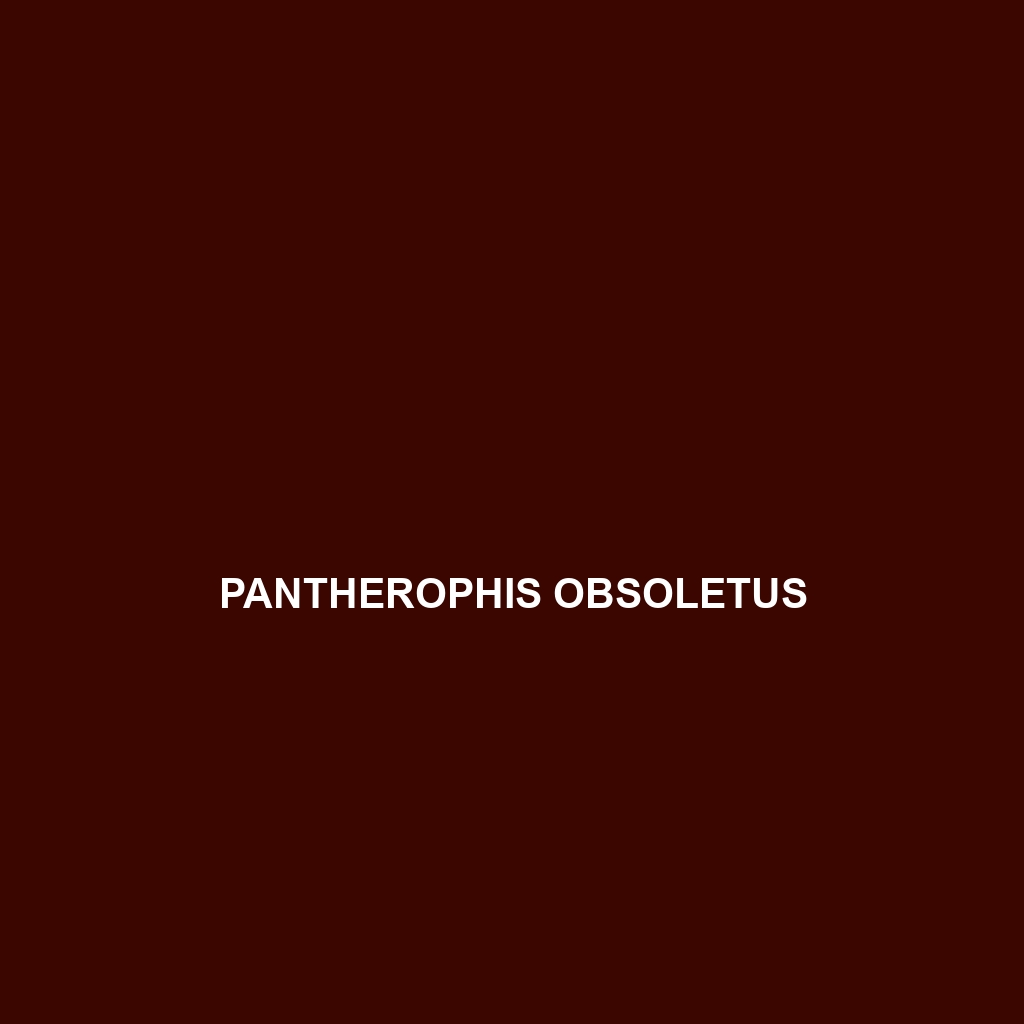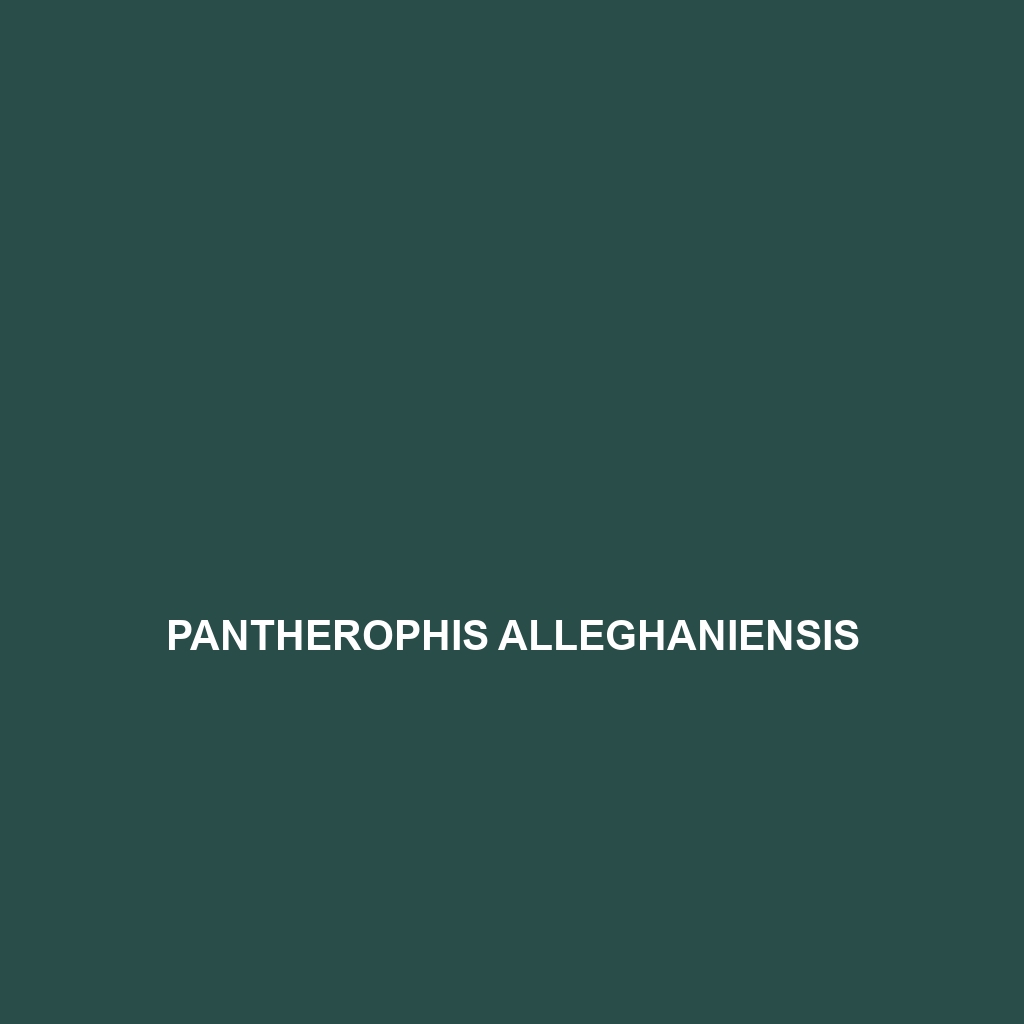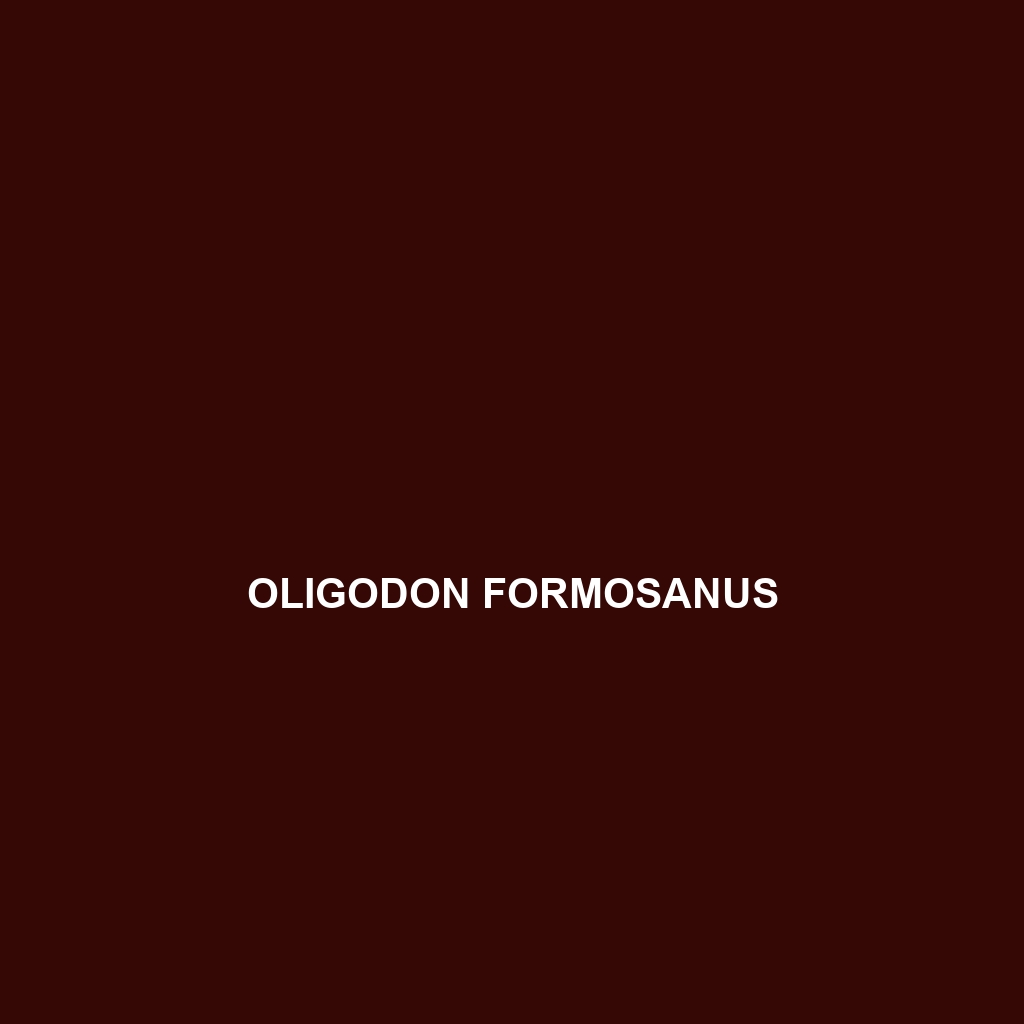<p><b>Platyceps somalicus</b>, commonly known as the Somali rat snake, is a slender, diurnal predator found in eastern Africa, mainly preying on small mammals and birds. With its distinctive brown or gray scales, large expressive eyes, and impressive climbing abilities, this adaptable species plays a vital role in maintaining ecosystem balance and controlling rodent populations.</p>
Tag: rodent control
Pituophis vertebralis
<p>The <b>Pituophis vertebralis</b>, or western bullsnake, is a slender, nocturnal serpent native to temperate forests and savannas in the U.S. and parts of Mexico. Known for its distinctive cream or gray coloration with dark blotches, this adaptable predator plays a vital role in controlling rodent populations within its ecosystem.</p>
Pituophis catenifer
Discover the robust and adaptable Pituophis catenifer, commonly known as the gopher snake. This fascinating reptile thrives in various North American habitats, featuring distinctive yellow or cream coloration with darker blotches, while playing a crucial role in controlling rodent populations in its ecosystem.
Phyllorhynchus decurtatus
The western hognose snake (Phyllorhynchus decurtatus) is a medium-sized, burrowing snake native to arid regions of North America, featuring a distinctive triangular-shaped head and patterns that help it camouflage in sandy environments. Known for its nocturnal behavior and unique defense mechanism of playing dead, it preys on small mammals and birds, playing a crucial role in maintaining ecological balance.
Pantherophis vulpinus
Discover the eastern fox snake, or <b>Pantherophis vulpinus</b>, a robust, diurnal snake found in the temperate forests and wetlands of North America, known for its distinctive yellowish or brown coloration with dark blotches. This adaptable predator plays a vital role in its ecosystem by regulating rodent populations while showcasing unique behaviors, including mimicry to deter threats.
Pantherophis quadrivittatus
Discover the Texas rat snake (Pantherophis quadrivittatus), a strikingly vibrant medium-sized snake that thrives in various habitats across southeastern U.S. This nocturnal predator, characterized by its yellowish body and bold dark bands, plays a crucial role in controlling rodent populations and adapts well to its environment.
Pantherophis obsoletus
The Pantherophis obsoletus, commonly known as the black rat snake, is a non-venomous species native to the eastern United States, characterized by its impressive length of up to 8 feet and distinctive black and gray coloration. Thriving in diverse habitats, this agile predator plays a crucial role in controlling rodent populations, making it an important contributor to local ecosystems.
Pantherophis alleghaniensis
Eastern Rat Snake (Pantherophis alleghaniensis): This non-venomous snake, known for its impressive climbing ability, can reach lengths of up to 8 feet and is commonly found in temperate forests, woodlands, and agricultural areas across the eastern United States and Canada. Primarily diurnal and a vital predator, it plays a key role in controlling rodent populations while showcasing a distinct yellow-green coloration with darker blotches for effective camouflage.
Oxyuranus scutellatus
Discover the Oxyuranus scutellatus, or inland taipan, renowned as the world's most venomous snake, primarily found in Australia's arid interior. This striking species, characterized by its slender body, varied coloration, and exceptional hunting speed, plays a crucial role in its ecosystem by regulating rodent populations.
Oligodon formosanus
<h2>Formosan Rat Snake</h2> <p><b>Oligodon formosanus</b>, or the Formosan rat snake, is a moderately sized, carnivorous snake native to Taiwan's subtropical habitats, recognized for its smooth, glossy scales and ability to camouflage. Primarily nocturnal, it plays a crucial ecological role by controlling rodent populations.</p>









